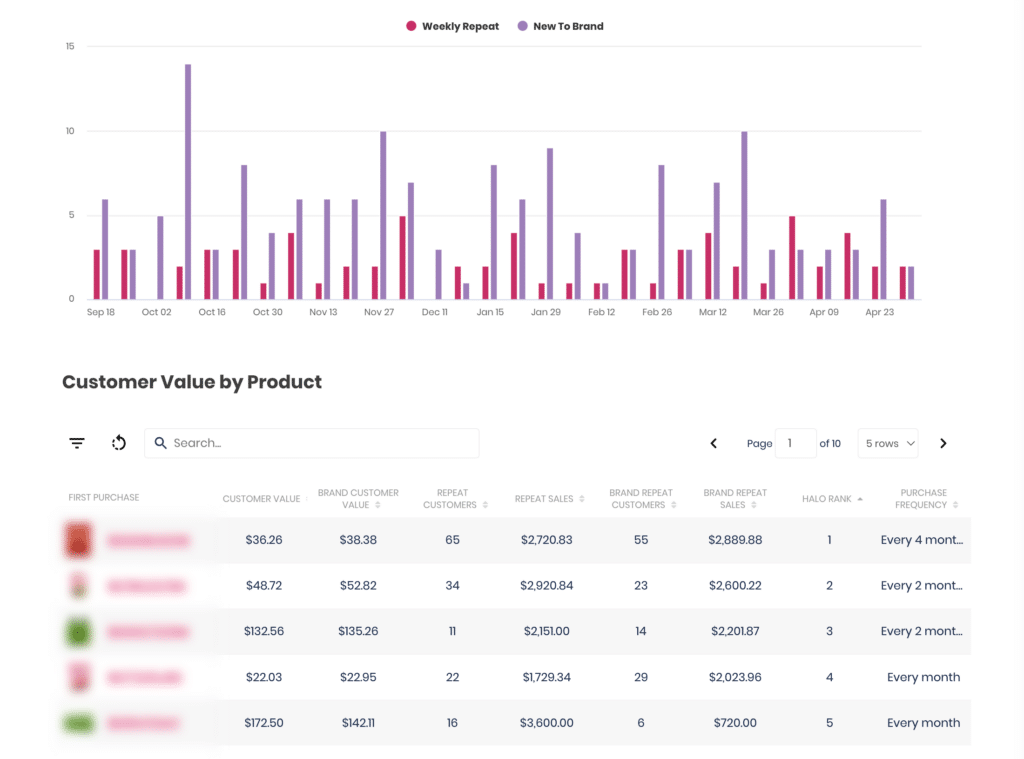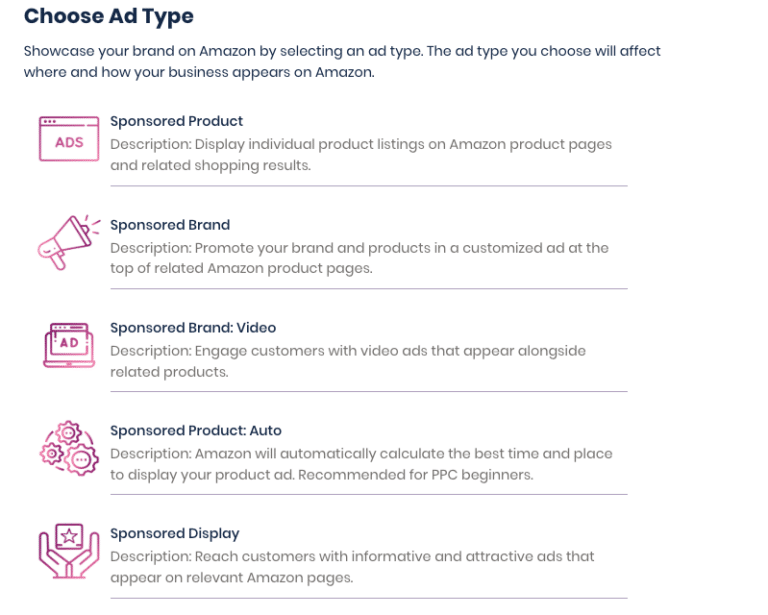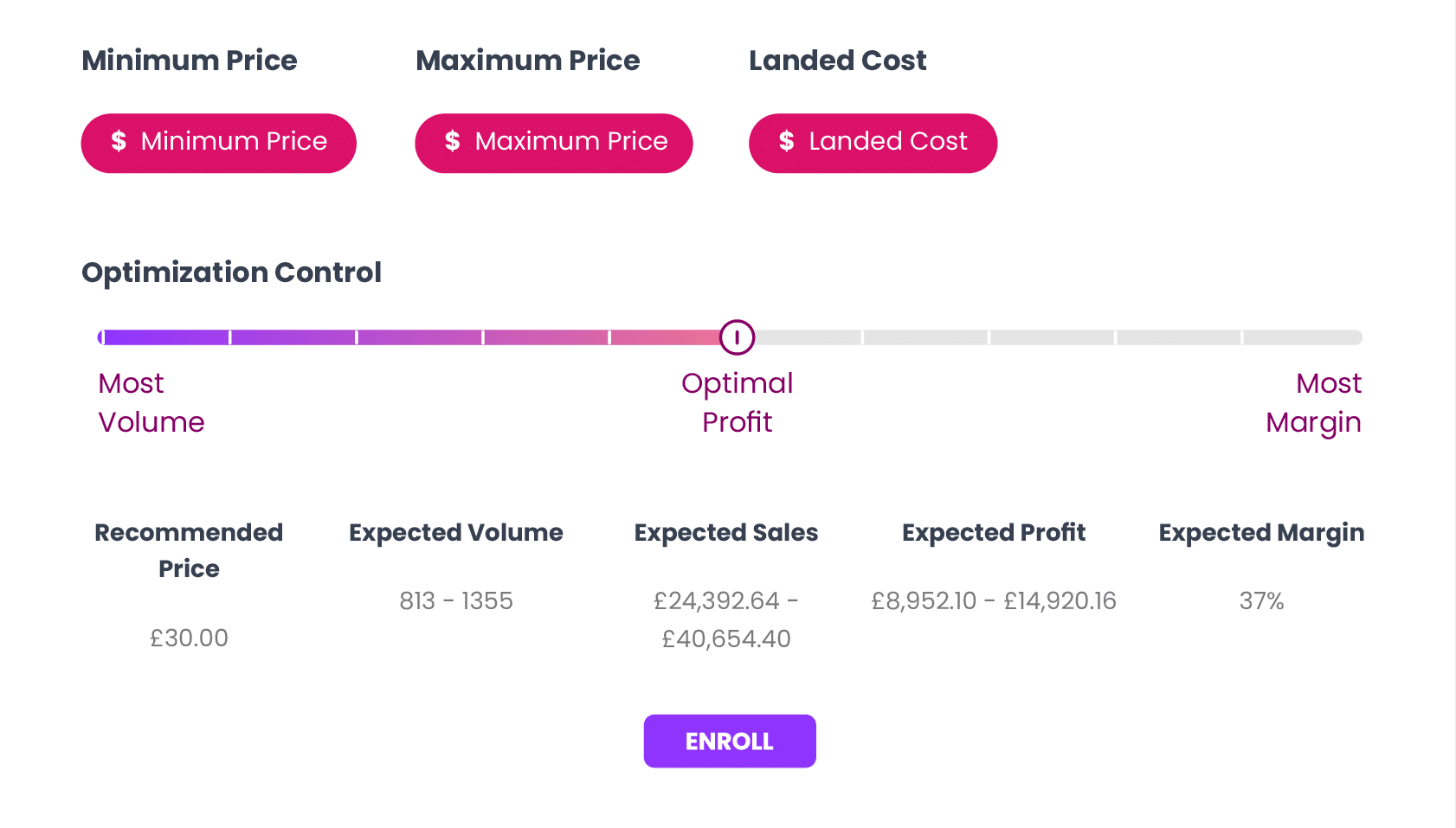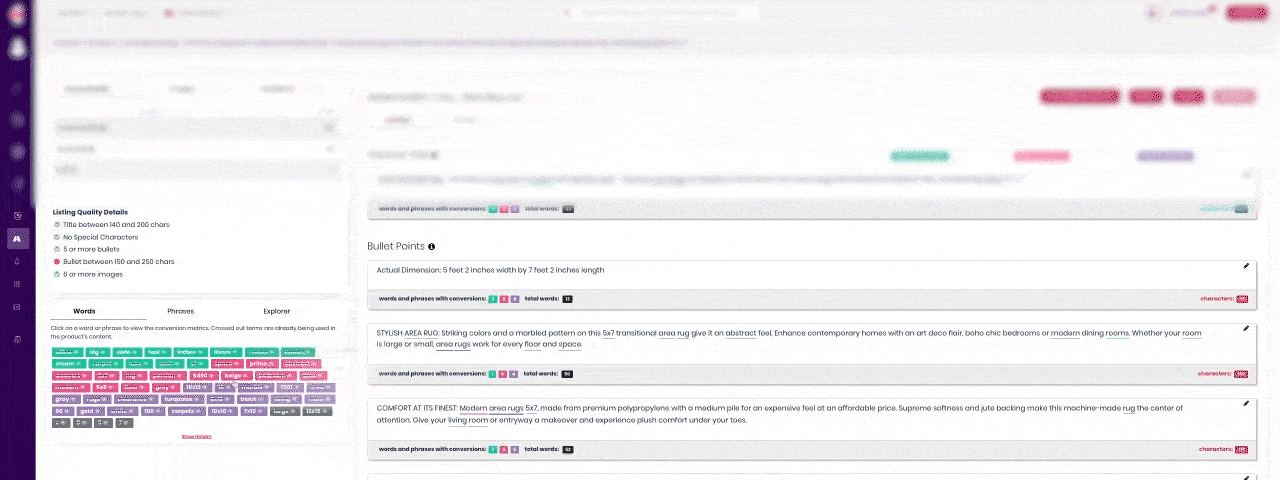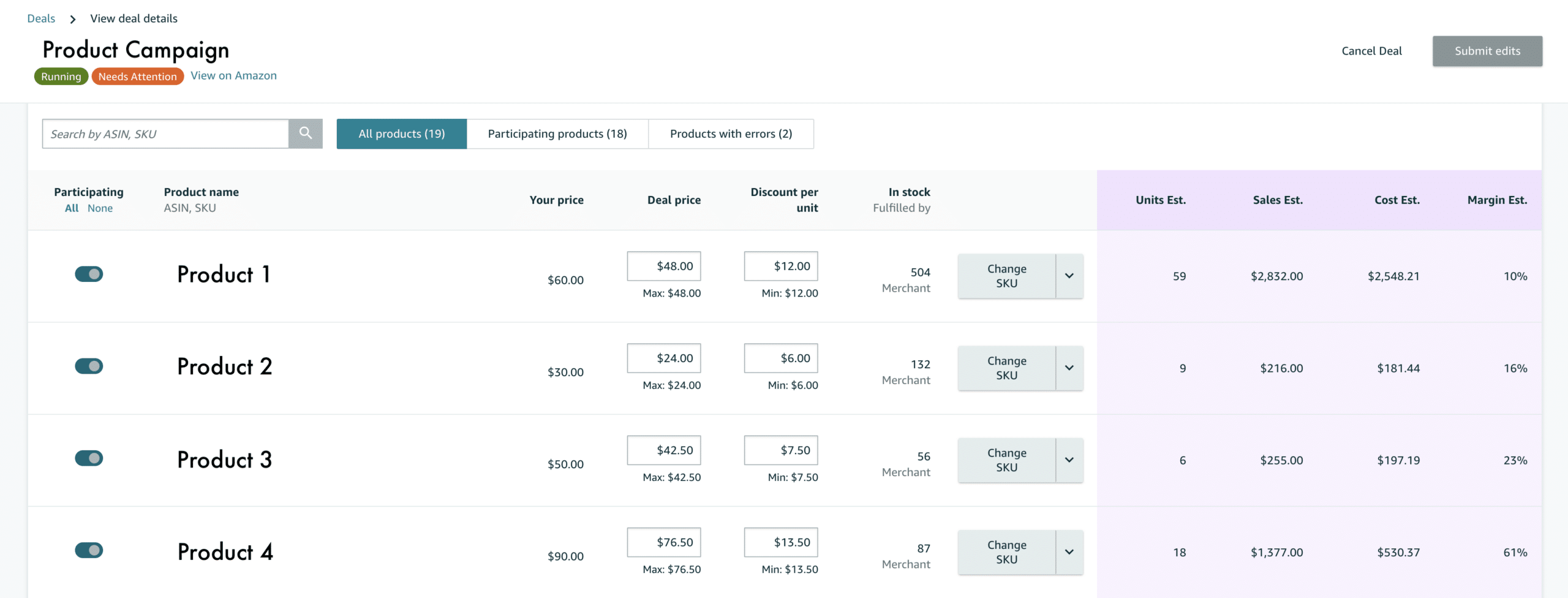Are you undervaluing your lost leaders?
Customer loyalty is essential to long-term growth for all types of eCommerce businesses. Finding ways to drive repeat purchases and selling high-margin products is necessary for driving sustainable profits.
In a study done by Bain & Company, they found that repeat customers spend 67% more than new customers while HubSpot reports that a 5% increase in customer retention can increase profits by 25 to 95%.
With these types of numbers, it’s clear that repeat purchases need to be a part of your eCommerce and Amazon growth strategies. Yet, many online retailers ignore the costs of doing so as they run their eCommerce merchandising on a product-by-product basis suppressing the types of items that generally make good introductory products.
Don’t underestimate the power of loss leaders. With countless examples of effective loss leader strategies, it’s important to understand what a loss leader is, how to identify yours, and how to leverage them to gain repeat customers in the retail and eCommerce space for long-term sustainable growth.
Loss leader definition and examples
A loss leader is a product that is sold at a very low price, sometimes even lower than what it costs to make. Brands use these products to get customers to come into the store and buy other more expensive products. Beyond the loss leader definition, it is important to know what a loss leader looks like.
What is a loss leader?
When structuring ad campaigns on a product level we often turn away from these low or negative-margin products as they cost the business short-term and negatively affect highly visible KPIs like ACoS and Average order value (AOV).
However, what is often missing from these equations is how they affect the conversion rates of your higher-ticket items and customer lifetime value (CLV). At a product level, you may see improvements to the ACoS of your higher AOV items yet might not understand why. Perhaps you attribute it to seasonality or some bid modifications you made, but in many cases, it’s your unsung loss leaders working behind the scenes.
They are either warming up your customers, generating trust, or familiarizing users with the traits of the brand. Loss leaders introduce customers to your ecosystem of products to increase repeat customer rate and lifetime customer value. Both metrics being good indicators of an eCommerce company’s long-term health.
Why loss leaders are important: lifetime value (LTV) and repeat customers
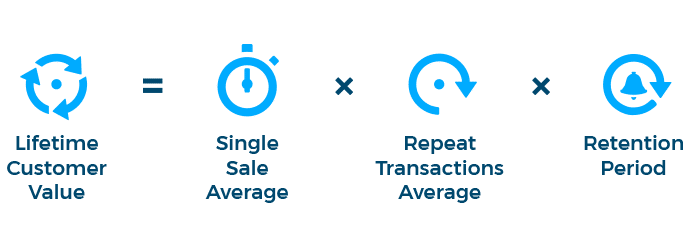
Loss leaders help brands build brand recognition to supercharge repeat customers, LTV, and overall loyalty. As low-barrier products, they contribute heavily to the overall success of a company by generating attention, traffic, and momentum.
By consolidating your customer acquisition to specific products you populate the top of your funnel as affordably as possible. Introducing customers to your brand through loss leaders and then leveraging your reputation and data to sell higher-margin products.
By taking a loss early on in a relationship, businesses can use it as a launch pad for LTV growth.
1. Warming up new products
Product launches are difficult without testimonials, reviews, or word of mouth. New brands have to rely on prices and promotions to enter markets and gain a reputation.
Once trust is built they can either raise their prices to normal or follow up on the sales of these products with high-margin, “luxury items.”
We often see this type of strategy on Amazon as reviews are important to a business’s conversion rate and ability to sell. Doing this often leads to healthier advertising and merchandising later on.
2. Create an ecosystem dependency
Using a loss-leader strategy can be effective in tech. For example, companies may offer a Google Home, air purifier, or gaming console at a low price in order to create an ecosystem where they can cross-sell. This helps to undercut or keep up with competition early on in the brand life cycle so they can capitalize later on.
Microsoft uses this strategy with its Xbox console to sell high-margin recurring revenue streams like exclusive games, Xbox Live, and Xbox Live Game Pass. Without a loss leader strategy, customers may instead go to competitors like Nintendo or while Google Home users may choose a different home assistant.
Retail and eCommerce brands like Swiffer, charge a premium for their cleaning pads and cleaner refills, which are one of the few that will work with their brooms.
3. Generating habits for consumable products
In retail, loss leaders help create habits around certain product lines. A common example of this is offering smaller packs of soap or a personal-sized bottle of soda.
After a while, users commit to products finding that consistent use of soap is effective or identifying as a “Pepsi person.” As a result, they buy larger quantities at next to no acquisition cost because customers actively search for “my brand.”
4. Generating data
In eCommerce, data is fuel for growth. When starting out it can be hard to come by but through loss leaders, you can get user information to help improve your merchandising. By acquiring feedback, an email list, or purchase data you are better equipped to sell.
Similarly, Amazon businesses leverage historical purchase data through display ads to attract users to other relevant products.
5. Disrupting an industry
Brands often use loss-leader ideas in how they position and price products people are not familiar with. At first, Uber was cheaper than Taxis, Airbnb was cheaper than hotels, and so on. These brands position their service as “cheaper than” often being unprofitable in their early days.
As consumers become more familiar with the benefits of these services, price becomes less of a factor to the point where these services are priced very similarly to the industries they disrupted.
6. Introducing customers to something new for free
These can often come in the form of samples at Costco, a free trial of a Netflix subscription, or a freemium offering like what Spotify uses. These all get users in the door and slowly build familiarity and sometimes a psychological need for the paid good or service.
In eCommerce meal kit delivery services like Goodfood and HelloFresh are using this strategy to support their services by heavily discounting the first shipments. Customers start to build a dependency on ready-made meal kits and step-by-step recipes forming habits and becoming long-time customers.
7. Establishing momentum to sell higher-margin products
Brands often use loss leaders to get customers over the threshold to sell more high-margin products.
You can leverage low-cost everyday items or discounts on a small section of the store to drive traffic and attention to higher-barrier-to-entry items.
This strategy is common in physical retail, but it’s just as effective online. Not only can you create demand for other products right away, but you can also gather valuable data for remarketing purposes.
How to identify a good loss leader?
Before you learn how to merchandise and leverage a loss leader, you likely already have some products that will make some good candidates. Looking at your data, you can likely find some good options.
Unlike best sellers which have good ROAS and ACoS, for loss leaders, you might have to look beyond these metrics. At a glance, loss leaders might appear to be your worst-performing products.
Not looking below the surface can be a huge mistake because the cost of acquiring a new customer can be anywhere from 5 to 25 more expensive than a current customer. Your loss leader’s ACoS could be drastically worse than some of your flagship products but 5 to 25 times more valuable since it’s gaining difficult-to-acquire new customers.
This is why it’s important to examine your inventory in depth and in context to identify your loss leaders.
High traffic products
While traffic isn’t everything it is a good indicator of interest in a particular solution. If you have a product that gets a ton of traffic or interest that isn’t even converting well it could still be a good candidate to be a loss leader with a few tweaks.
High converting products
Taking traffic to the next level, products that sell well even if your ACoS isn’t very good, are products ripe to become loss leaders. With a few adjustments to these products and your catalog, they can quickly turn into a well of growth.
Low-cost products
If you have identified some demand for a certain product, the cost of creating the good is another important factor to consider. By definition, loss leaders may actually create a deficit for your business. To minimize this cost or to nullify it, it may be good to look at your low-cost products to see if there are any potential loss leader candidates.
These products will be sold in high volumes and at the start you may not know whether they are contributing to long-term brand engagement. To ensure that you are able to get this data without sinking the ship, it’s important to start with low-cost products that can be floated by profits in other areas, to begin with.
To support brand recognition and engagement even further, low-cost products tend to have higher conversion rates which means you are likely to jump-start your long-term relationship with customers much easier.
New-to-brand customer acquisition (if possible)
While this data is hard to derive on Amazon without the right purchase behavior tooling, this metric is ideal to find products that get early attention.
How to merchandise a loss leader?
By understanding how to identify and pick your loss leaders, you can begin to merchandise them to leverage brand recognition in service of customer loyalty.
Product content
If you’re new to a brand, it’s important that the loss leaders are relevant to the purchases you might make down the road. In other words, the products chosen as loss leaders should effectively qualify your audience.
They can either communicate a broad picture of your brand relating to many different product segments or be directly related to your follow-up products. By doing this, brands can focus on creating relevant synergies between loss leaders and their follow-up products, casting a wide net or targeting a specific product-to-product relationship.
Loss leader pricing
Loss leader pricing is a common tactic to lower the barrier of purchase and to draw in new customers. These low margins are often justified by how much it would cost to acquire a new customer regularly once you consider the cost of advertising and promotions.
Promotions
Sales, deals, and discounts are a more explicit way to tell people that they are getting a good price. This helps to push people who are in the market for your loss leader products to buy.
Though, as you begin to build name recognition you want to save promotions for these entry products only. Don’t get your customers in the habit of expecting discounts on your higher-end products, maintain those profit margins.
Top-of-the-funnel advertising
With the right keyword targeting, sponsored product ads are flexible at all parts of the funnel. Yet, other ad types like Sponsored Brand and Sponsored Display ads offer even more placements to reinforce your market presence through branded assets, videos, and custom creatives.
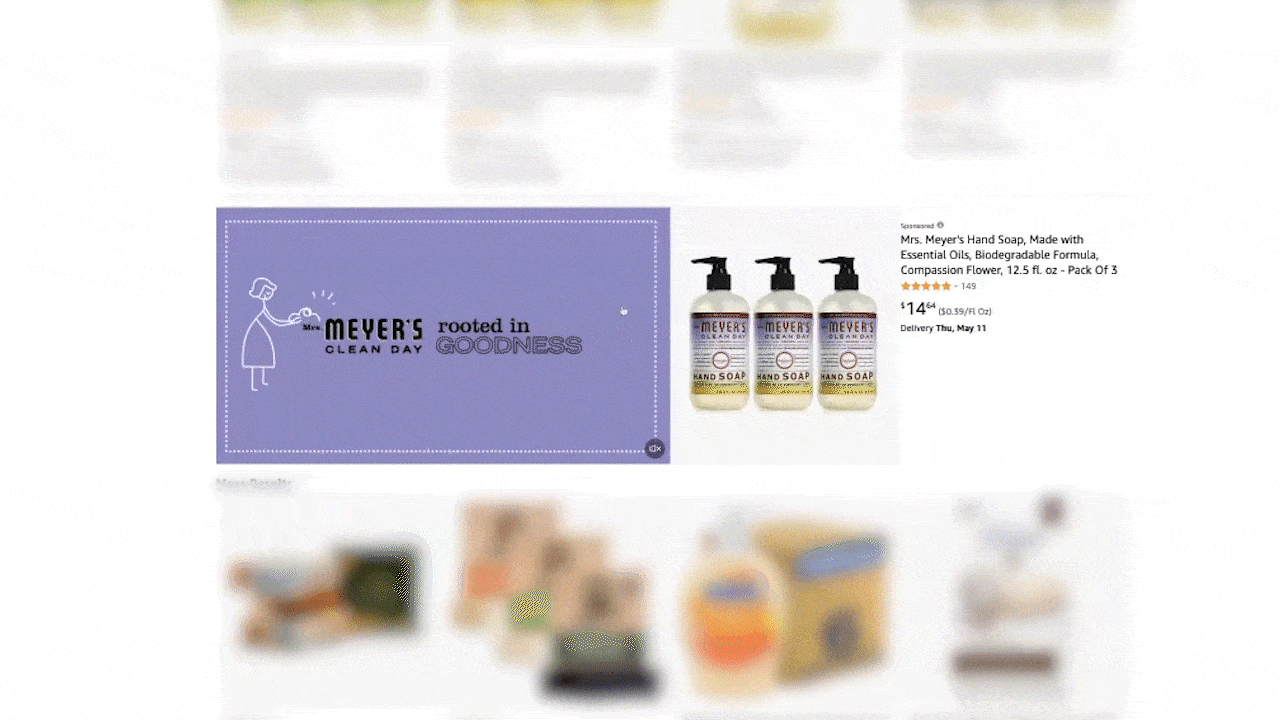
Capitalizing on loss leaders: how to get repeat purchases and increase LTV
As mentioned, loss leaders rarely provide enough profits to justify their existence on their own. Brands need to leverage them to gain consistent repeat purchases or by connecting customers with higher ticket items. So how do you gain repeat purchases, grow LTV, and improve customer loyalty?
Pick the right products: repeat purchase examples
Having the right follow up products is essential to gaining repeat customers that provide value.
Flagship products
Products that you know sell well are a good choice to target repeat customers as they likely have high conversion rates and limit ad spend and other merchandising costs. This can improve LTV and ROI quickly as these products should have good margins especially when marketing costs are kept low.
High average order value
Ideally loss leaders should improve conversion rate across all products as customers become more familiar with the brand. As they generally have larger margins, High AOV products are a good way to capitalize on these improved conversion rates. This ultimately boosts your LTV in large doses especially after a few large products are sold to a customer.
Consumables
Encouraging customers to buy more consumable products can increase the likelihood of repeat purchases, leading to a higher lifetime value. This also presents an opportunity to sell bulk quantities of products after customers have tested the product in a smaller, low-commitment quantity.
For instance, when it comes to soap, customers can start by purchasing 2-6 bars on Amazon before investing in larger quantities. This approach can lead to higher average order values and lower acquisition costs due to increased brand familiarity and higher conversion rates.
Retailers should not undervalue their lost leaders, but instead use them strategically to attract and retain repeat customers. By offering low-commitment, consumable products, retailers increase brand familiarity and trust, leading to higher customer lifetime value and profitability. This approach can be particularly effective to gain repeat customers in retail.
Use Synergies
Your loss leaders should align with your follow-up products. This can mean specific synergies, like offering a french press as a loss leader and selling coffee grounds as a repeat purchase, consumable product.
Alternatively, it can be a more holistic relationship, such as selling mental health journals and following up with a product line of tea intended to help customers reflect and relax. The key is to ensure that your loss leaders address the same barriers or habits that a customer might use to object to a more expensive product.
Once you’ve built up a synergy there may be an opportunity to leverage Sponsored Display’s vCPM bidding as your low-barrier products are likely to see a lot of clicks. With vCPM, you won’t be penalized for having good CTRs since you bid for impressions which can be a lot cheaper.

Using Trellis
Using Trellis, you can execute a strong loss leader strategy with confidence. Trellis provides modules, workflows, and automation to support your efforts.
Marketplace Intelligence
Trellis tracks data to help you understand which products generate new-to-brand sales versus repeat purchases. This information is critical to a successful loss leader campaign. By knowing which products are pulling their weight, you can ensure that you don’t turn off an unsung loss leader that is doing a lot of heavy lifting.
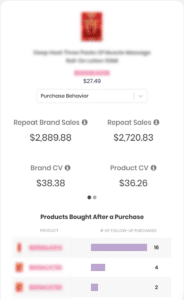
Advertising
Trellis offers a range of features including keyword harvesting, bid optimization, and campaign implementation. You can explore numerous ad types like Sponsored Product and Sponsored Display ads which are vital to driving an effective loss leader campaign.
Sponsored product ads are a great way to engage with repeat customers. Customers will see your trusted brand in the search results and will be more likely to click and convert to a brand that has provided a good product and experience.
An even more integrated tactic is the use of Sponsored Display ads. Remarketing is a powerful tool for leveraging previous touchpoints. Through this ad type, target users based on different lookback windows and purchase behaviors.
By using the right products, capitalize and gain repeat purchases. Especially when you know the general life cycle of your loss leaders. If you know your 4-pack of soap should run out in about 25-35 days, remarket to users in between the 30-60 day lookback windows with a refill.
Pricing
Trellis’ dynamic pricing and price modeling ensures your loss leader pricing is driving maximum sales velocity while factoring in overall profits. The same system is also used to drive maximum profits for your follow-up products, ensuring that high-ticket items and consumables are maximizing your contributions on your bottom-line.
Product Content
Trellis provides quality SEO and full oversight of potential search opportunities as well as inline content management within the platform. You can make good decisions to reinforce brand recall, increase organic traffic, and ensure healthy conversion rates all within a simple workflow.
Promotion Planning
Understand the velocity of your promotions on your loss leaders. If you need 1000 sales to ensure a healthy follow-up campaign, see how large your discount should be and for how long you will have to run it.
Once you determine these variables, see how much profit or losses you will make on the promotions to ensure that your entire campaign will make it up through large CLVs.
Want to see Trellis in action get in contact with our growth team today:




